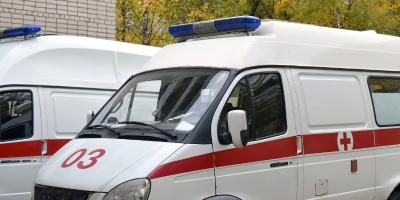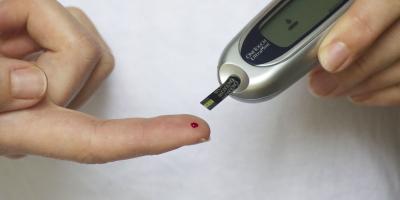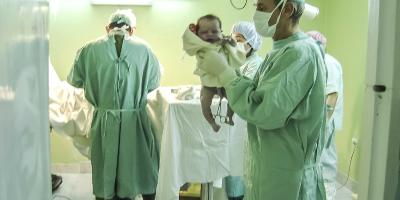In specific situations patients are entitled to free-of-charge sanitary transport, including air transport, for instance to the nearest hospital. Such transport can be taken advantage of on the basis of a referral issued by a doctor, from Monday to Friday from 8 a.m. to 6 p.m., except for statutory holidays.
Transport within the medical rescue system is a separate issue. It is carried out with the use of ambulances, which cannot be used for purposes other than rescue. Ambulance services are free of charge even in cases when the call turned out to be unjustified.
When can you take advantage of sanitary transport?
According to the National Health Fund, free-of-charge transport to (and from) the nearest healthcare establishment providing the required range of services is granted on the basis of a referral from a primary healthcare physician. The referral can also be issued by a specialist doctor in charge of the patient’s treatment or the hospital in which he/she is staying.
Patients are entitled to sanitary transport in the following situations:
- when there is a necessity for immediate treatment in a healthcare establishment;
- in cases when treatment continuity is required;
- when due to a motor organ dysfunction the patient is unable to use public transport to get to a healthcare establishment.
In the remaining cases, the transport is fully or partially paid.
When do patients need to pay for the transport?
For a full payment, sanitary transport can be used, among others, by people with neoplasms, mental diseases, circulatory system diseases, neurological diseases, injuries and poisoning, congenital developmental defects and with a certificate confirming 1st degree disability, i.e. able to move on their own, without the assistance of others, and to use means of public transport.
A 60-percent payment is charged from persons with a certificate confirming 2nd degree disability, i.e. able to move on their own without the continuous help of another person, but requiring assistance to use means of public transport or only able to use means of public transport adjusted to the needs of disabled people.
In the case when the location specified in the referral is not the nearest possible, the costs of transport stemming from the additional distance between the nearest location and the target establishment are borne by the patient.
Long-distance transport
This is transport within a district or, in the case of localities in the border areas of district, within 30 km from the location where services are provided. In medically justified situations, when the nearest facility providing the necessary treatment is located within a different district and the patient cannot reach it on their own due to their health condition, long-distance transport can be used.
This applies, for instance, in the case of multi-specialty outpatient care which is provided only by some service providers in the country.
Among patients entitled to long distance transport are also those who, due to chance occurrences, and for reasons not related to their choices, were treated outside the country – in such cases, transport takes place from the border to the person’s place of residence. Sanitary transport from a foreign hospital to the Polish border is not paid for by the National Health Fund.
The consent for long distance transport is granted by the head of the Voivodeship Branch of the National Health Fund upon the request of the patient, his/her family or legal guardian. The request must be submitted after obtaining the approval of the primary healthcare physician.









Comments (0)